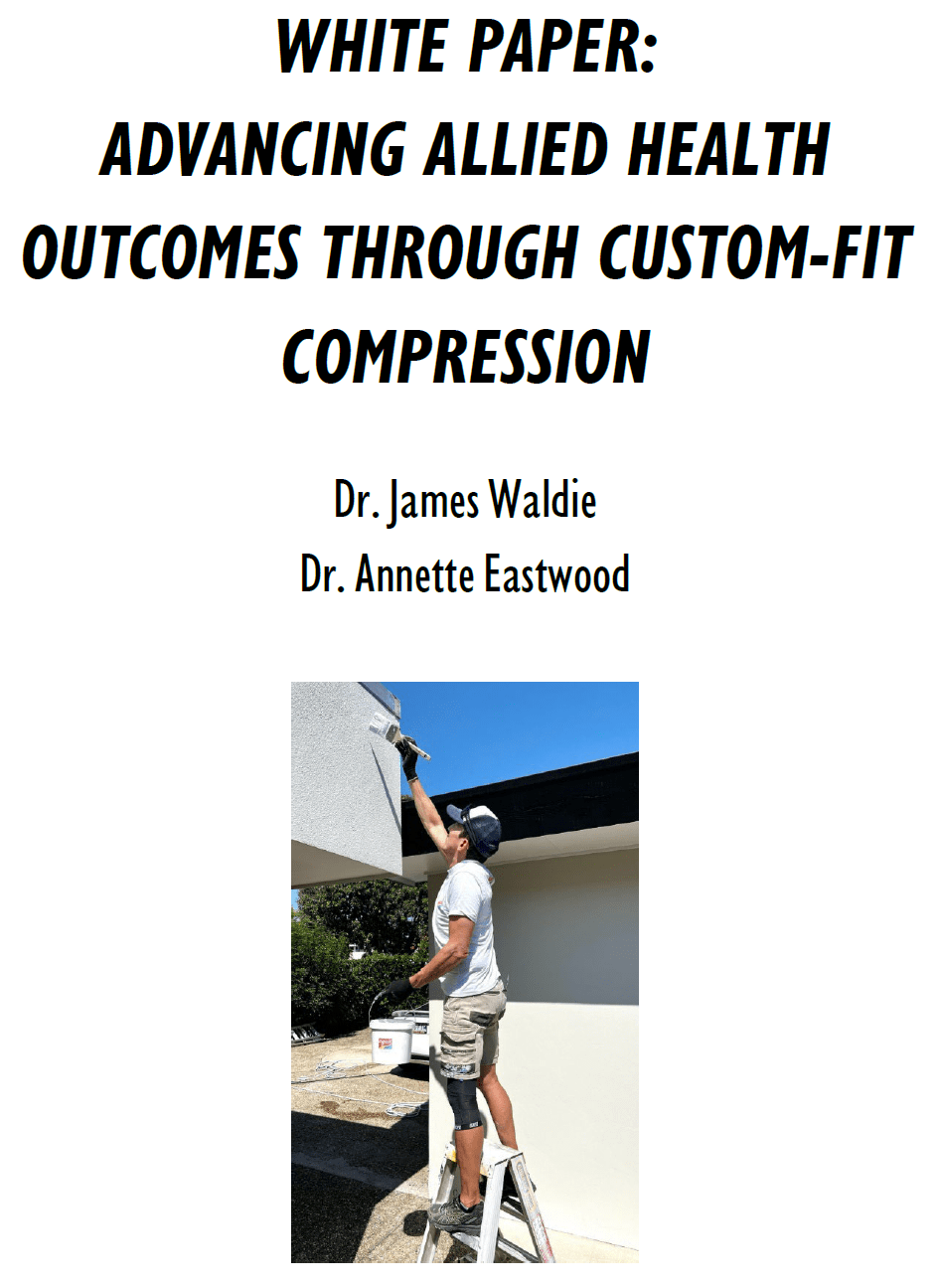With the Tokyo Olympics underway, it’s an ideal time to look at how Olympic athletes can benefit from compression garments.
Compression garments are widely used by elite athletes for performance, recovery, travel, and rehabilitation. In a survey of 236 elite Australian representative athletes, which included 42 Olympians and 26 Paralympians from the London Olympic Games, it was reported that the majority of athletes perceived a benefit from wearing compression garments. Athletes reported wearing compression garments both during exercise and for post-exercise recovery 1-3 times per week. The most common duration for wearing garments was 1-4 hours post training and 71% of athletes reported sleeping in their compression garments. (Driller and Brophy-Williams 2016).
The use of compression garments during travel is important for elite athletes to minimise the risk of deep vein thrombosis and reduce swelling. A study with elite volleyball athletes showed that compression garments worn during long haul air travel, maintained exercise performance and reduced lower limb swelling (Broatch et al., 2019). Olympic athletes are often required to travel extensively both in the lead up and to the Olympic Games. CAPE Sports Physiologist Dr Annette Eastwood was the Sports Physiologist with the Australian Triathlon Team at the 2016 Rio Olympic Games. When asked about travel in the Olympic year she said “The 2016 Olympic year involved extensive travel for the Australian Triathlon team. Some travelled to Europe first for training camps and races prior to the games and travelled to Rio from there, others travelled directly from Australia which involved over 24 hours of travel. Having plans to minimise the physiological impact of travel was important. One of the main recommendations for the athletes was to wear compression garments to ensure they arrived in Rio ready to perform.”
In addition to the travel benefits, Olympic athletes may also benefit from using compression garments between events. Many athletes in sports such as track cycling, may have a short turnaround between races at major events like the Olympic games. For example, the women’s keirin at the London Olympics had less than an hour between events. Therefore, having strategies that can optimise recovery in the short term can be greatly beneficial for athletes. In a study comparing recovery strategies between maximal cycling bouts, it was shown that wearing compression garments for 20 minutes between efforts led to a greater recovery. It was suggested that compression garments may be an effective recovery strategy when there is limited time between events (Argus et al., 2013).
In events such as athletics, swimming, rowing, and canoeing, athletes may have multiple events in the same day and over consecutive days of competition. Compression garments have been shown to reduce muscle soreness and improve an athlete’s perceptual recovery following high intensity exercise, so would be of benefit to athletes who have limited time for recovery due to competition schedules.
In order to get the greatest benefit from compression garments, it is essential that they fit correctly. Research has shown that poorly fitting garments have a negligible or even detrimental effect on performance and recovery (Wannup et al., 2016). For Olympic athletes at the pinnacle of their career, it’s important to have access to custom fit compression garments to ensure the greatest physiological benefit.
So looking forward to the Paris 2024 Olympics and beyond, CAPE aim to provide elite athletes with the most optimal custom fitted compression garments to enhance recovery and optimise performance. References:
Argus, CK., Driller, MW., Ebert, TR., Martin, DT., Halson, SL. (2013). The Effects of 4 Different Recovery Strategies on Repeat Sprint-Cycling Performance. International Journal of Sports Physiology and Performance, 8, 542-548.
Broatch JR., Bishop, DJ., Zadow, EK., Halson, S. (2019). Effects of sports compression socks on performance, physiological, and hematological alterations after long-haul air travel in elite female volleyballers. Journal of Strength and Conditioning Research. 33(2): 492-501.
Driller, MW and Brophy-Williams, N. (2016). The Use of Compression Garments in Elite Australian Athletes: A Survey. Journal of Athletic Enhancement.
Wannop, JW., Worobets, JT., Madden, R. Stefanyshyn, DJ. (2016). Influence of Compression and Stiffness Apparel on Vertical Jump Performance. J Strength Cond Res 30(4): 1093-101.


